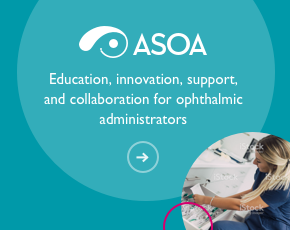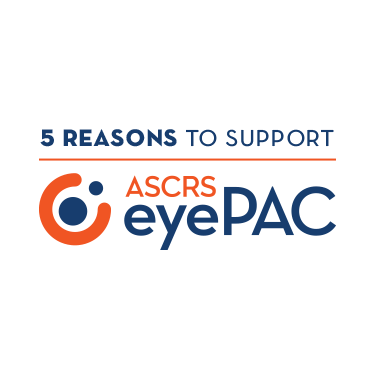Purpose:
This systematic review investigates the risk of bias in randomized controlled trials (RCTs) published in high-impact ophthalmology journals and general medical journals. We also aim to identify factors associated with high risk of bias.
Methods:
Using Ovid MEDLINE (1946-2016), RCTs in the top 10 high-impact ophthalmology journals published in the year 2015 were systematically identified and critically appraised for the risk of bias prevalence. To perform the critical appraisal, relevant extracted RCTs were assessed in all domains of bias as defined by the Cochrane Collaboration. In addition, the prevalence of conflict of interests (COIs) and industry sponsorship of trials was investigated. A comparison to ophthalmology articles from four high-impact general medical journals was performed.
Results:
Of the 151 records that were screened from ophthalmology-specific journals, 119 RCTs met all inclusion criteria and were critically appraised. In total, 29.4% of domains had an unclear risk, 13.8% had a high risk and 56.8% had a low risk of bias. In comparison, ophthalmology articles from general medical journals had a lower prevalence of unclear risk (18.2%), higher prevalence of high risk (23.4%) and a higher proportion of low risk domains (58.4%). A total of 89.2% of RCTs from ophthalmology-specific journals had at least one domain with an unclear risk of bias, and 56.7% of RCTs had at least one high risk domain.
Conclusions:
: Almost 90% of critically appraised RCTs from ophthalmology-specific journals had at least one unclear risk domain, while more than half of RCTs had at least one high risk domain. Given the influence that bias can have on study results, it is necessary that future RCTs closely follow published guidelines to minimize the possible risk of bias.



